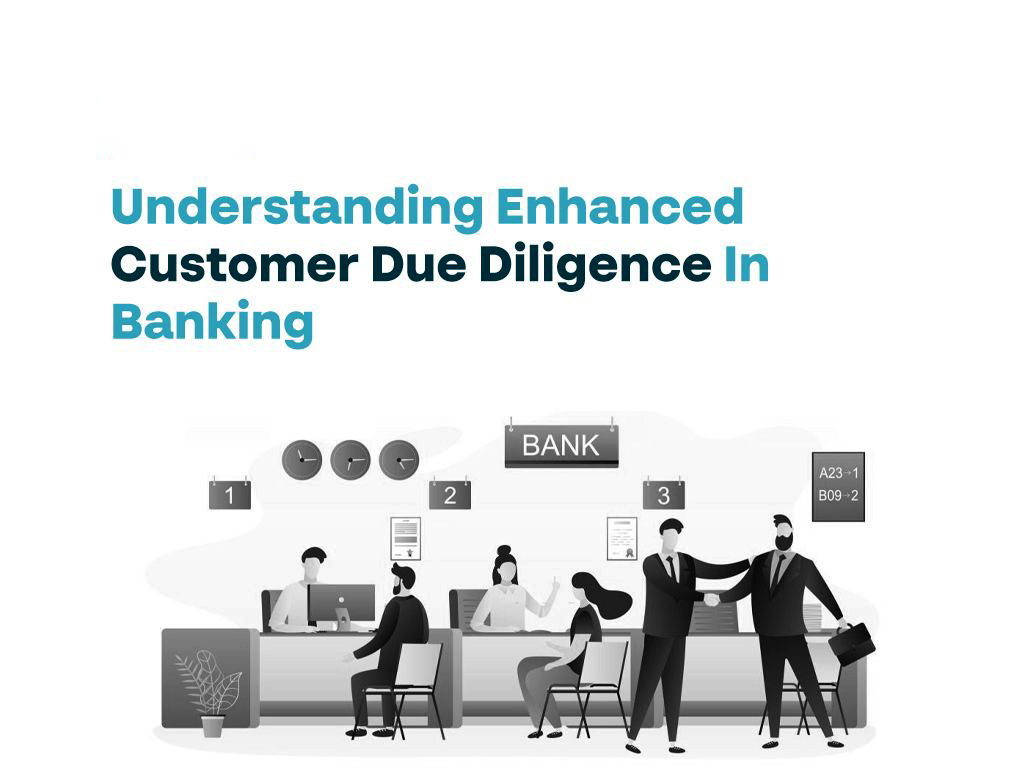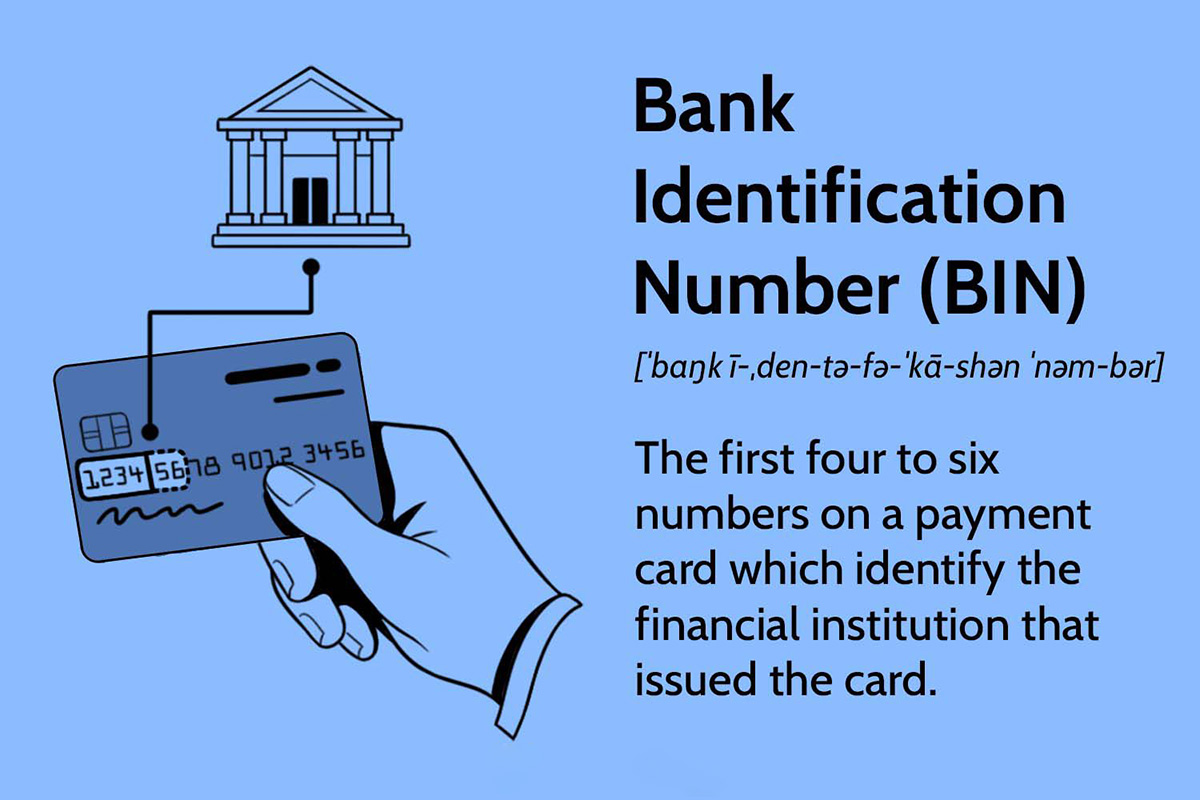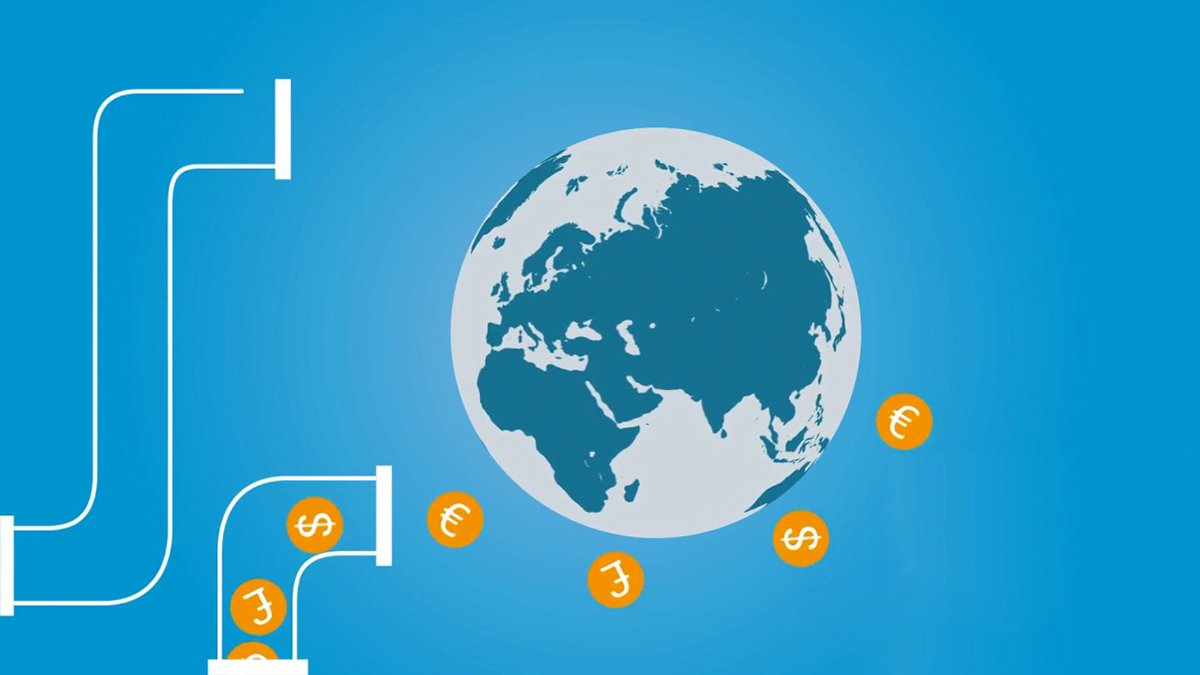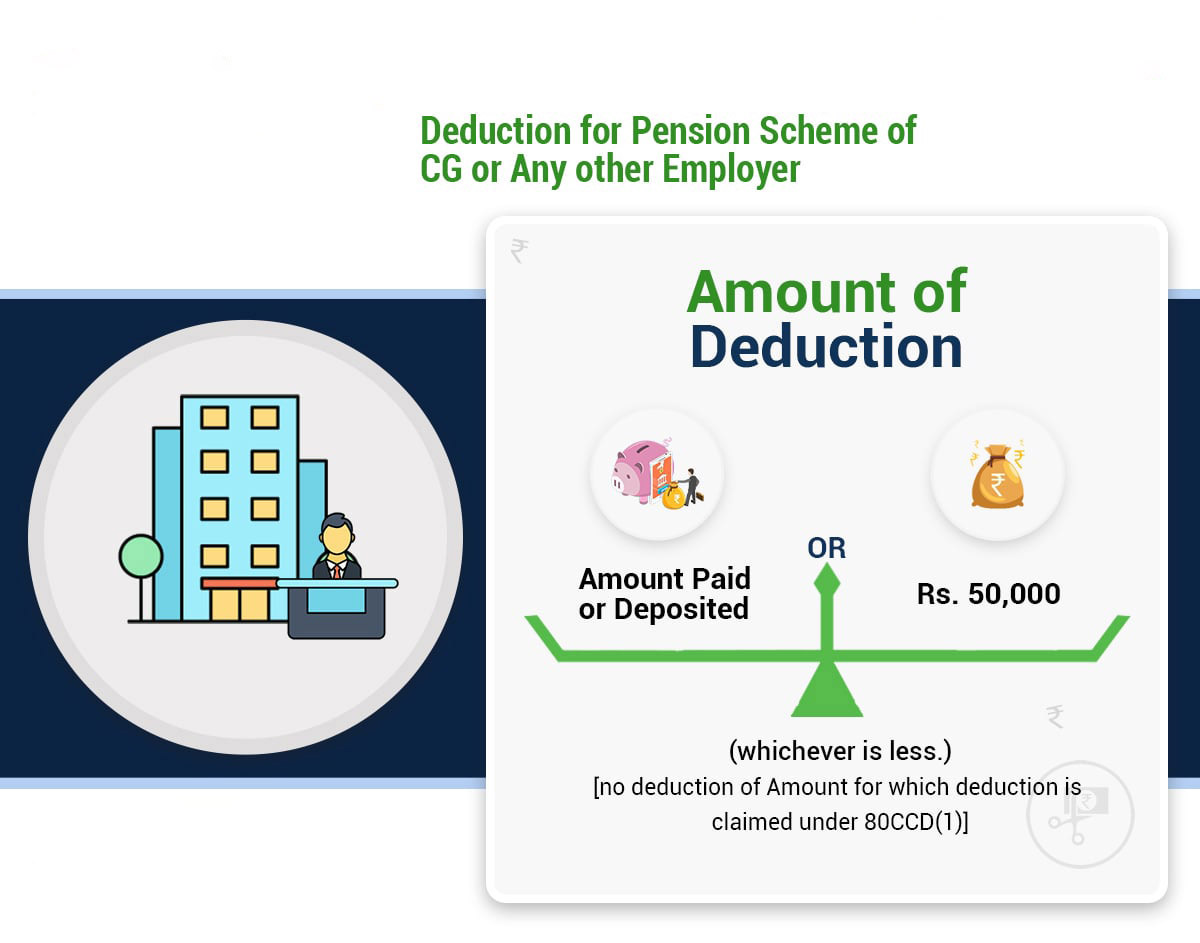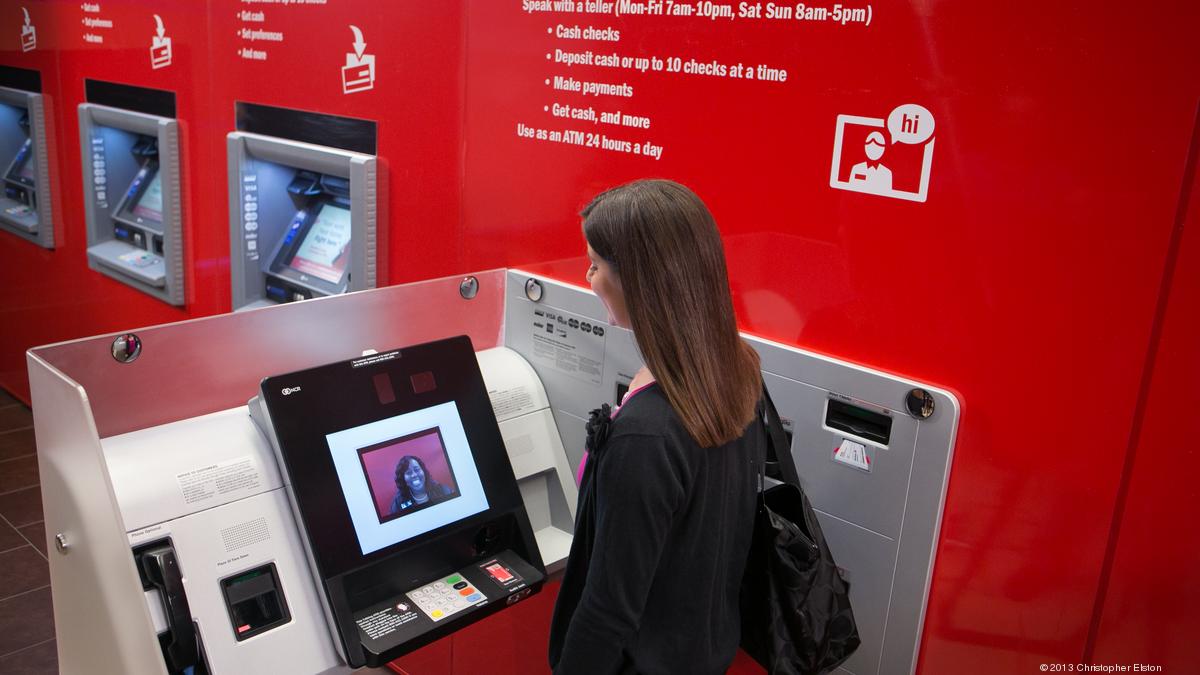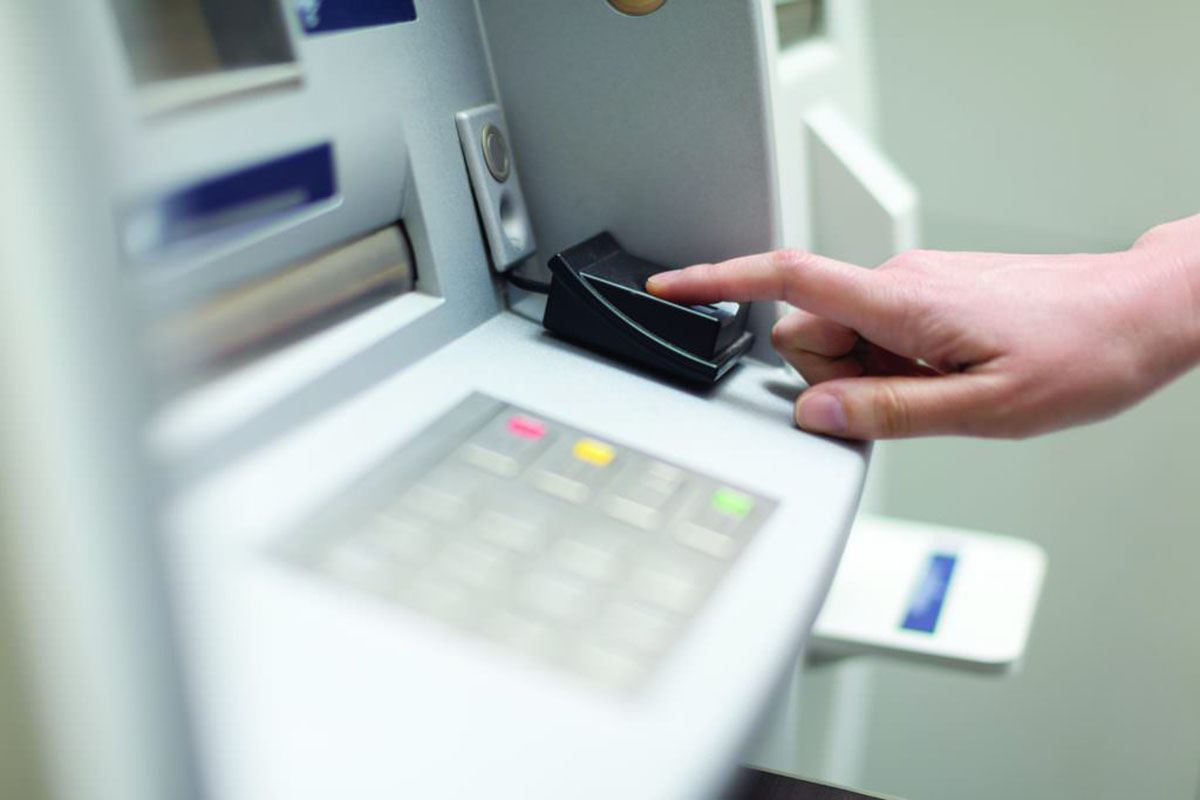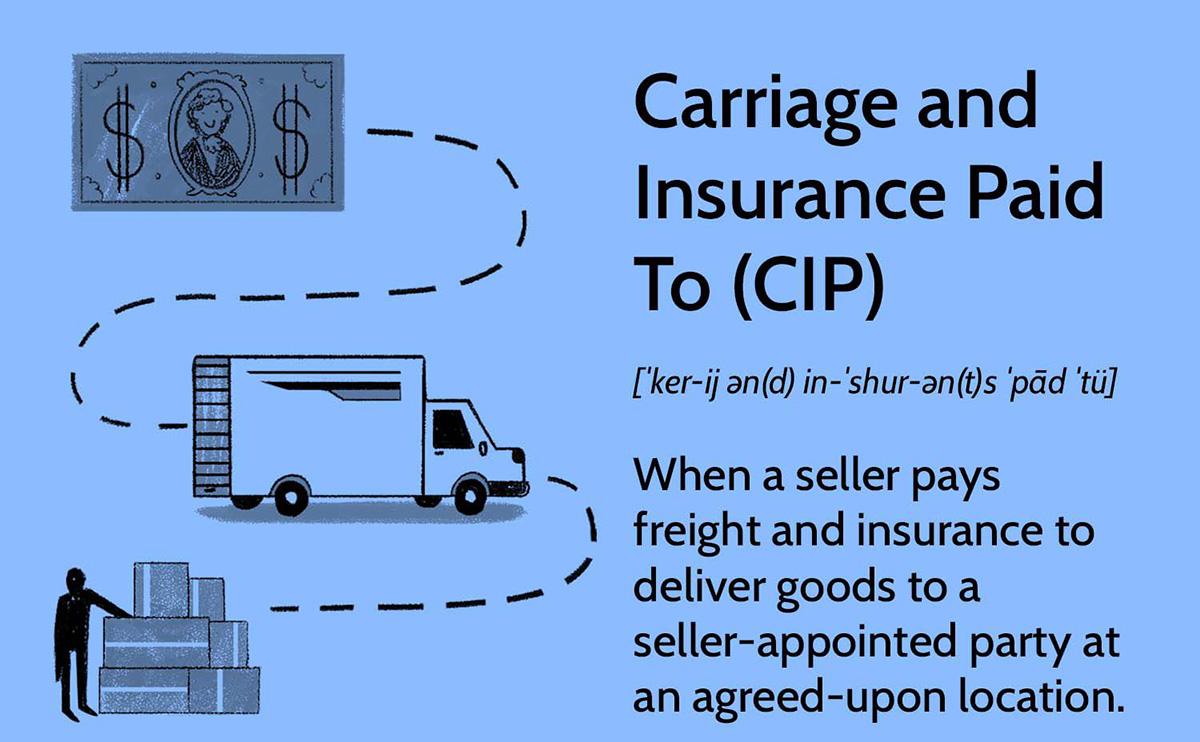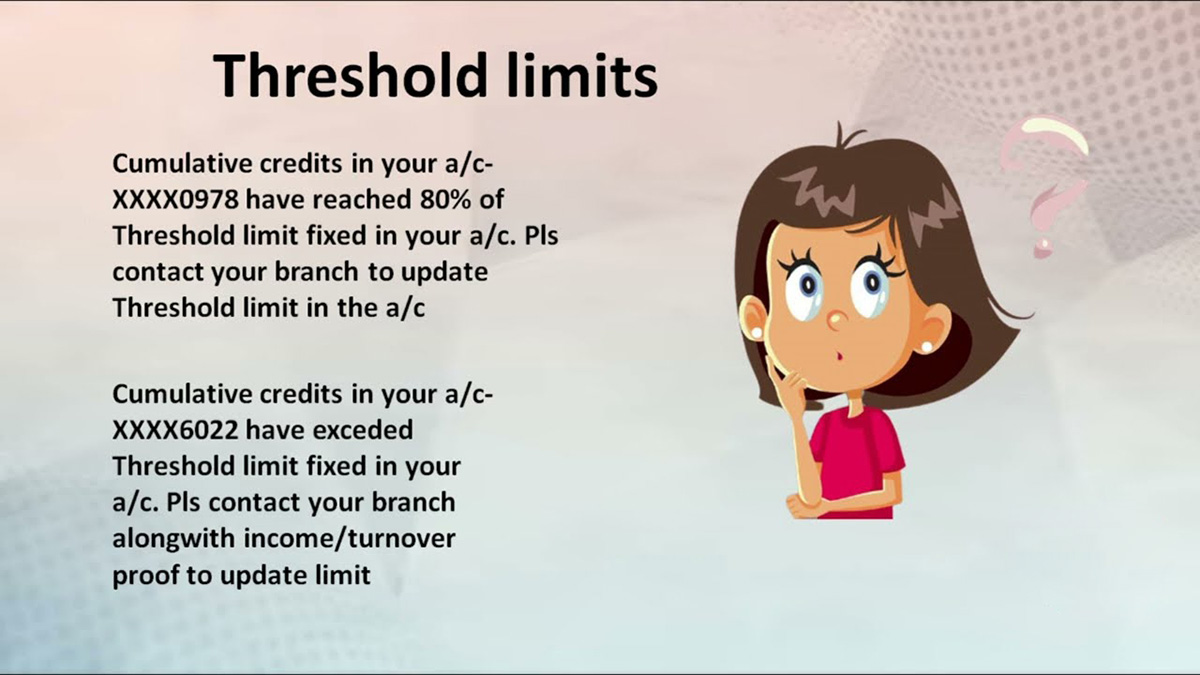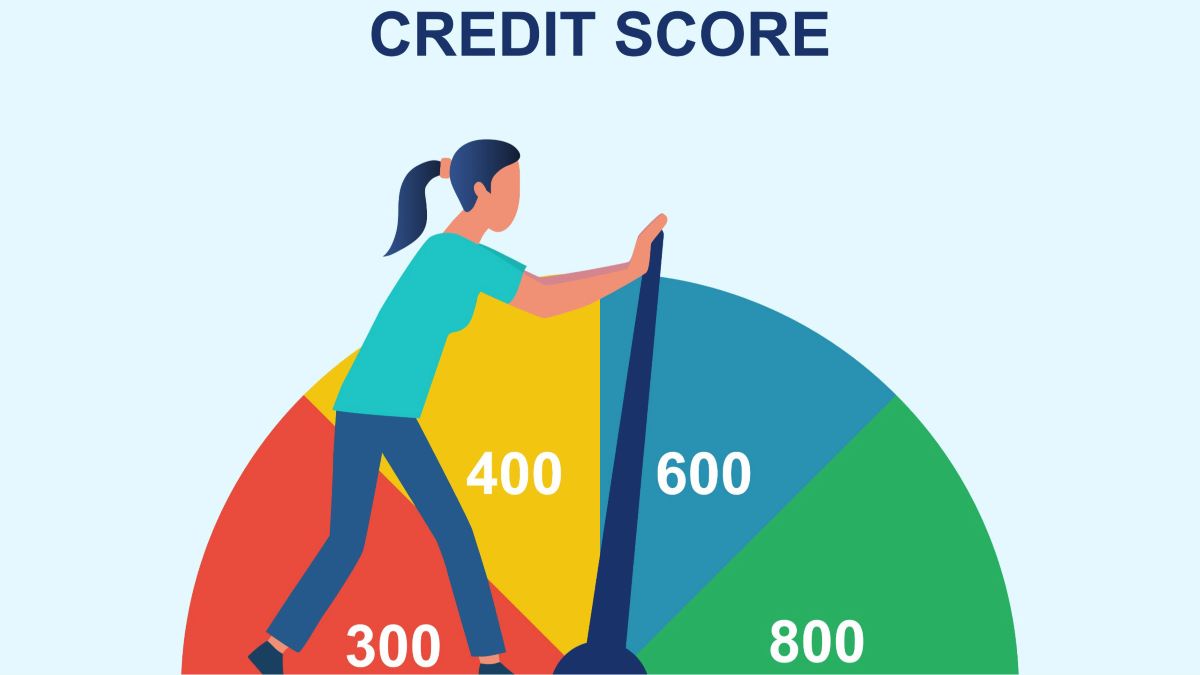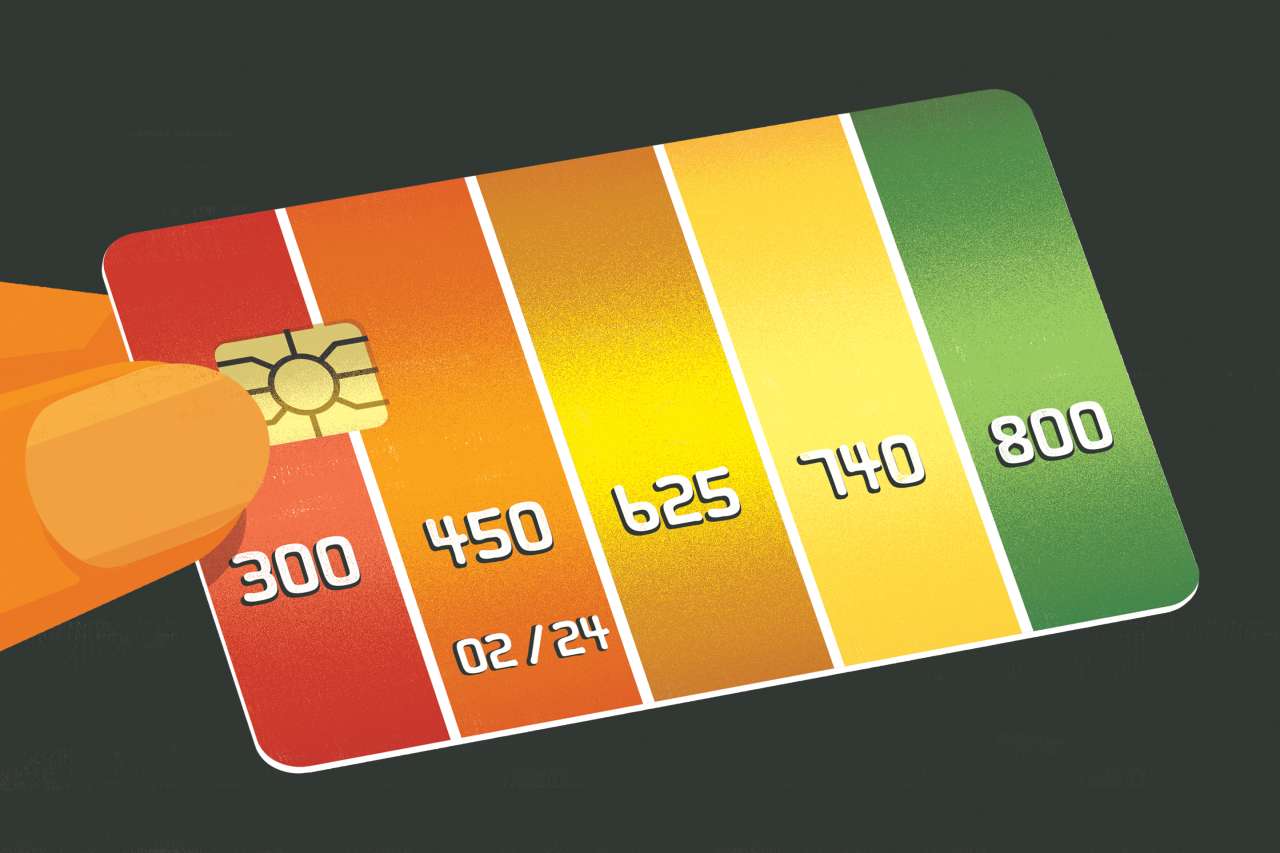

Finance
What Is Plaid For Banking
Published: October 13, 2023
Discover how Plaid revolutionizes finance with its banking integration solutions, streamlining transactions, and empowering financial institutions for efficient and secure operations.
(Many of the links in this article redirect to a specific reviewed product. Your purchase of these products through affiliate links helps to generate commission for LiveWell, at no extra cost. Learn more)
Table of Contents
Introduction
Welcome to the world of Plaid, where finance and technology intersect to revolutionize the way we bank. Plaid has become a household name in the financial industry, offering innovative solutions that streamline and enhance the banking experience.
So, what exactly is Plaid? In simple terms, Plaid is a financial technology company that acts as a bridge between banks and fintech applications. It provides the necessary tools and infrastructure to securely connect banking data with various third-party applications, like budgeting apps, investment platforms, and payment services.
Plaid has gained immense popularity due to its ability to securely access and aggregate financial data from multiple accounts across different banks. It simplifies the process of managing finances by eliminating the need to switch between various apps and manually enter data.
With Plaid, users can enjoy a unified and holistic view of their financial information, all within a single platform. By seamlessly integrating with banking systems, Plaid acts as a catalyst for innovation, enabling developers to build cutting-edge financial applications that provide value-added services to users.
In this article, we will delve deeper into the world of Plaid, exploring its functionality, benefits, and potential concerns. We will examine how Plaid works, its role in the banking landscape, and the advantages it brings to both users and financial institutions.
If you are curious about the future of banking and how technology is reshaping the industry, join us as we uncover the fascinating world of Plaid and its impact on the way we manage our finances.
What is Plaid?
Plaid is a leading financial technology company that empowers both individuals and businesses by providing secure and seamless access to their financial data. Founded in 2013, Plaid has quickly become a game-changer in the banking industry, revolutionizing the way we interact with our finances.
At its core, Plaid serves as a bridge between traditional financial institutions, such as banks, and innovative fintech applications. It offers a suite of tools and APIs (Application Programming Interfaces) that enable developers to connect their applications with users’ bank accounts securely.
Plaid’s platform acts as a secure intermediary layer, allowing users to grant permission for their financial data to be accessed by third-party applications. This eliminates the need for manual data entry or sharing sensitive login credentials.
With Plaid’s robust infrastructure in place, developers gain access to a treasure trove of financial data. This data includes transaction history, account balances, income information, and other relevant details that empowers them to create powerful and personalized financial solutions.
From budgeting apps to investment platforms and lending services, Plaid’s technology has transformed the financial landscape, making it easier for individuals and businesses to manage their money.
Plaid currently works with thousands of financial institutions across the United States and Canada, providing access to over 11,000 banks and credit unions. This wide coverage ensures that users can connect their accounts from various financial institutions, regardless of their size or location.
With its robust security measures and strict data protection protocols, Plaid ensures that the sensitive financial information of users is safeguarded at all times. The company complies with industry-standard security regulations and employs encryption to protect data in transit and at rest.
In summary, Plaid is a leading fintech company that acts as a bridge between banks and fintech applications. Its secure platform enables developers to seamlessly access users’ financial data, improving the efficiency and convenience of financial management for individuals and businesses alike.
How Does Plaid Work?
Plaid’s technology and infrastructure work in a seamless and secure manner to connect users’ bank accounts with third-party financial applications. Let’s take a closer look at the step-by-step process of how Plaid works.
1. User Authorization: When a user decides to connect their bank account to a third-party app, they are redirected to Plaid’s interface. Plaid facilitates the authentication process by securely collecting the user’s login credentials or utilizing authentication methods such as OAuth. This step ensures that users’ financial data remains protected and only accessible with their consent.
2. Data Retrieval: Once the user successfully authorizes Plaid to access their financial data, Plaid acts as an intermediary between the user and their bank. It uses secure APIs to retrieve the necessary account information, including transaction history, balances, and other relevant data. Plaid supports a wide range of financial institutions, ensuring compatibility regardless of the user’s bank.
3. Data Standardization and Enrichment: Plaid’s technology standardizes the retrieved data from different banks, making it easier for developers to work with and ensuring consistency across applications. Plaid enriches the data by categorizing transactions, adding merchant information, and providing insights into spending patterns and trends.
4. Data Delivery: Plaid securely delivers the standardized and enriched data to the third-party application that the user wants to connect with their bank account. This is done through Plaid’s powerful APIs, which allow developers to integrate the financial data seamlessly into their applications.
5. Real-time Updates: Plaid ensures that the connected applications have access to real-time updates of the user’s financial data. This enables the applications to provide accurate and up-to-date information regarding account balances, transaction history, and more. Real-time updates enhance the user experience and enable applications to offer features such as real-time spending alerts and budgeting insights.
6. Ongoing Security: Plaid places a strong emphasis on security and data protection. They employ various security measures, such as encryption, tokenization, and multifactor authentication, to ensure that users’ financial information is protected from unauthorized access or breaches.
By following this process, Plaid enables users to securely share their financial data with trusted third-party applications, empowering them to gain valuable insights, improve financial management, and access a range of innovative financial services.
Plaid’s Role in Banking
Plaid plays a significant role in the banking industry by facilitating the secure exchange of financial data between users, banks, and third-party applications. Let’s explore the various ways in which Plaid contributes to the banking ecosystem:
1. Enhanced User Experience: Plaid simplifies the process of managing finances by providing users with a unified view of their accounts and transactions. Instead of logging into multiple banking apps or manually entering data, users can leverage Plaid’s technology to seamlessly connect their accounts to various financial tools and services. This streamlined approach enhances user experience and promotes financial literacy.
2. Financial Innovation: Plaid acts as a catalyst for financial innovation by enabling developers to create innovative applications and services. By securely accessing banking data, developers can build robust solutions that offer personalized financial insights, budgeting tools, investment platforms, and more. Plaid’s technology empowers developers to leverage the vast amount of financial data to create user-centric and innovative financial experiences.
3. Open Banking Initiatives: Plaid is at the forefront of the open banking movement, which aims to promote competition and collaboration in the financial industry. Through its APIs, Plaid enables financial institutions to securely share data with authorized third-party applications, fostering an ecosystem of interconnected and interoperable financial services. This allows users to access a broader range of services and lets banks partner with fintech platforms to offer more comprehensive and personalized solutions.
4. Data Aggregation and Analysis: Plaid’s technology gathers and standardizes financial data from multiple accounts across various banks. This aggregated data offers valuable insights into users’ financial behaviors, spending patterns, and trends. Banks can leverage this data to gain a deeper understanding of customer needs and preferences, enabling them to create customized products and services.
5. Risk Assessment and Fraud Prevention: Plaid plays a vital role in risk assessment and fraud prevention for financial institutions. By securely accessing transactional data and analyzing patterns, Plaid’s technology can flag suspicious activities, detect anomalies, and provide banks with real-time fraud alerts. This proactive approach helps protect users and financial institutions from potential fraud and enhances the overall security of the banking ecosystem.
6. Compliance and Security: Plaid is committed to maintaining the highest standards of security and compliance. Their technology adheres to strict data protection regulations, ensuring the privacy and confidentiality of users’ financial information. Plaid’s robust security measures and encryption protocols provide peace of mind to both users and financial institutions.
In summary, Plaid’s role in banking is multi-faceted. It enhances the user experience, fosters financial innovation, promotes open banking initiatives, facilitates data aggregation and analysis, assists in risk assessment and fraud prevention, and ensures compliance and security. Plaid’s technology has become an essential component of the modern banking landscape, driving digital transformation and empowering users to take control of their financial lives.
Benefits of Using Plaid for Banking
Using Plaid for banking offers numerous advantages for individuals, financial institutions, and developers alike. Let’s explore some of the key benefits:
1. Seamless Account Connectivity: Plaid simplifies the process of connecting bank accounts to third-party applications. Users no longer need to manually enter their account information or switch between multiple banking apps. Plaid’s secure API allows for easy and seamless account connectivity, saving time and effort for users while providing a streamlined banking experience.
2. Holistic Financial Management: Plaid’s technology enables users to view and manage multiple accounts from different banks in a single interface. This consolidated view provides a holistic picture of their financial health, allowing for better financial planning and decision-making. Users can easily track their transactions, monitor their spending habits, and stay on top of their finances.
3. Personalized Financial Insights: Plaid’s data aggregation and analysis capabilities enable financial applications to provide personalized insights. By analyzing users’ transactional data, Plaid-powered apps can offer tailored advice on budgeting, savings, and investment opportunities. These actionable insights empower users to make informed financial decisions and achieve their financial goals.
4. Enhanced Financial Accessibility: Plaid facilitates financial inclusion by bridging the gap between traditional banking and underserved populations. Through its APIs, Plaid enables the integration of financial services into various platforms, making them accessible to a wider audience. This inclusivity promotes equal access to banking services, increasing financial literacy and empowerment.
5. Accelerated Financial Innovation: Plaid’s technology fuels the development of innovative financial applications. By providing access to real-time financial data, Plaid empowers developers to create groundbreaking tools and services. This leads to the emergence of cutting-edge solutions that address the evolving needs of consumers, such as automated budgeting apps, investment platforms, and lending services.
6. Efficient Decision-Making for Financial Institutions: Financial institutions benefit from Plaid’s technology by gaining access to valuable user data. This data can be used to gain insights into consumer behavior, identify customer needs, and refine their product offerings. The aggregated data from Plaid allows financial institutions to make informed decisions, improve risk assessment processes, and enhance customer satisfaction.
7. Strong Security and Data Protection: Plaid prioritizes the security and privacy of users’ financial information. Through robust encryption and strict data protection protocols, Plaid ensures that sensitive data is safeguarded from unauthorized access or breaches. Financial institutions and users can trust Plaid’s secure infrastructure to protect their valuable financial data.
In summary, the benefits of using Plaid for banking are vast. It provides seamless account connectivity, holistic financial management, personalized insights, enhanced accessibility, accelerated financial innovation, efficient decision-making for financial institutions, and strong security measures. Plaid’s technology revolutionizes the way we interact with our finances, empowering individuals and institutions to thrive in the digital banking era.
Potential Concerns and Risks
While Plaid offers significant benefits, it’s important to be aware of the potential concerns and risks associated with using their services. Here are some issues to consider:
1. Data Privacy: Plaid collects and processes a substantial amount of user data to enable its services. While they have strong security measures in place, there is always a risk of data breaches or unauthorized access. Users should carefully review Plaid’s privacy policy and understand how their data is handled and protected.
2. Third-Party Access: When users connect their bank accounts through Plaid, they are granting access to their financial information to third-party applications. It’s essential to thoroughly vet the applications and services before granting access, as security vulnerabilities or dishonest practices from these apps could compromise the confidentiality of the user’s data.
3. Reliance on Third-Party Apps: Users who heavily rely on third-party applications connected through Plaid may face challenges if those apps experience technical issues or go out of business. In such cases, users may temporarily lose access to their financial data until they find alternative solutions.
4. Regulatory Compliance: As with any service that deals with financial data, Plaid must adhere to regulatory requirements, such as data protection laws and consumer consent standards. Users should ensure that Plaid complies with the necessary regulations in their jurisdiction to maintain the confidentiality and security of their financial information.
5. System Reliability: Plaid’s services depend on reliable connections to financial institutions. Any disruptions in connectivity or technical issues could impact the ability to access real-time financial data or perform transactions. While Plaid strives to minimize service interruptions, users should be prepared for potential occasional disruptions.
6. False Authorization Requests: Users may encounter fraudulent or deceptive authorization requests that mimic Plaid’s interface. These requests may attempt to gain access to sensitive financial information. It’s crucial to carefully verify the legitimacy of any authorization request and only provide access to trusted applications.
7. Limited Support for International Users: While Plaid has expanded its coverage to include Canadian financial institutions, its services are primarily focused on the United States. Users outside of the supported regions may have limited access or functionality when it comes to connecting their accounts and utilizing Plaid-powered applications.
It is important for users to carefully weigh the benefits and risks, conduct due diligence on the applications they choose to connect to Plaid, and stay vigilant about monitoring their accounts for any suspicious activity.
By being aware of these concerns and taking necessary precautions, users can mitigate potential risks and enjoy the benefits of using Plaid for banking.
Conclusion
Plaid has become a transformative force in the banking industry, bridging the gap between traditional financial institutions and innovative fintech applications. With its robust technology and secure infrastructure, Plaid offers users a seamless and holistic banking experience, empowering them to manage their finances with ease.
By securely connecting users’ bank accounts with third-party applications, Plaid enhances the user experience by eliminating the need for manual data entry and providing a consolidated view of financial information. Users can access personalized insights, track their spending, and make informed financial decisions.
The benefits of using Plaid extend beyond individuals. Financial institutions gain access to valuable user data, enabling them to make data-driven decisions and enhance their product offerings. Developers are empowered to create innovative financial applications that improve financial literacy and offer personalized services.
However, it is essential to consider the potential concerns and risks associated with using Plaid. Users must carefully review privacy policies, ensure the security of third-party applications, and be aware of any regulatory compliance issues.
In conclusion, Plaid’s technology is reshaping the banking landscape by driving financial innovation, simplifying financial management, and fostering open banking initiatives. It offers a range of benefits, including seamless account connectivity, personalized financial insights, and enhanced accessibility. While there are potential risks to be aware of, by exercising caution and staying informed, users can leverage Plaid’s services to revolutionize the way they interact with their finances.
As Plaid continues to evolve and expand its services, it will undoubtedly play a vital role in the ongoing digital transformation of the banking industry, empowering individuals and institutions to embrace the future of finance.


